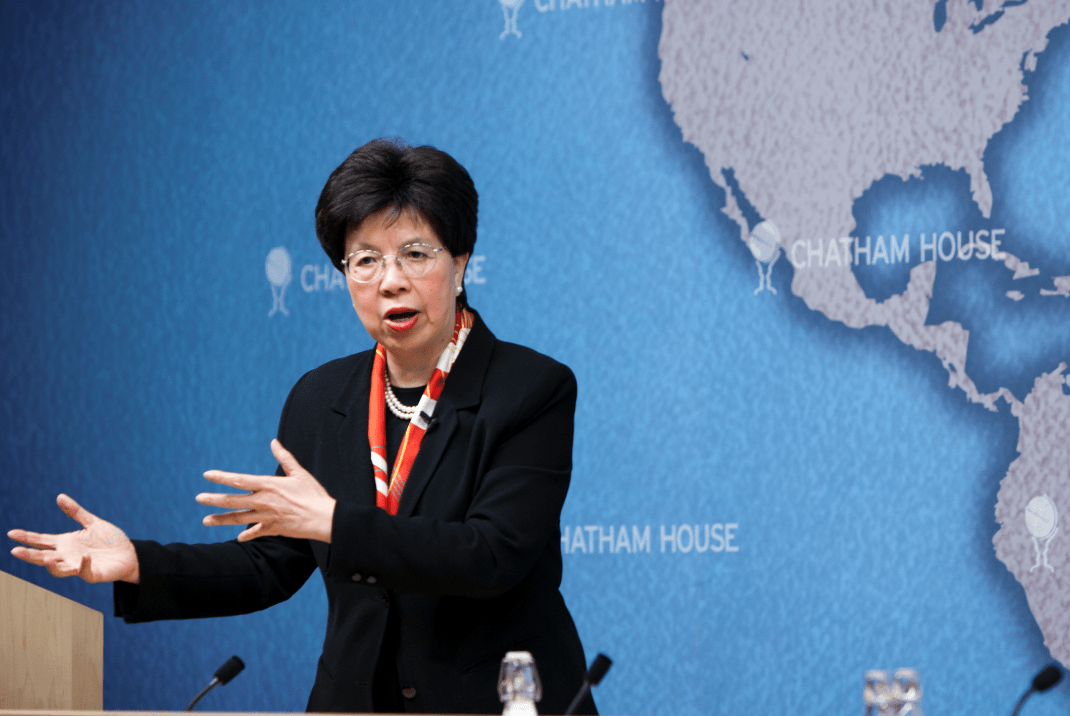May 27, 2016

A weekly roundup of news on drug resistance and other topics in global health.
Can private laboratory networks bridge gaps in antimicrobial resistance (AMR) surveillance for low- and middle-income countries? CDDEP researchers explore the role private laboratory networks—which account for 90 percent or more of nationally and internationally accredited labs in some countries—can play in tracking AMR rates in LMICs, in a paper in Future Microbiology. In many LMICs, public laboratories are accorded low priority for funding, and their overall testing capacity—particularly in bacteriology—suffers from poor infrastructure, consumable stock-outs, and inadequate staff training. CDDEP’s ResistanceMap is one of the first projects to collect AMR data from LMICs, utilizing private laboratory networks in India and South Africa. [CDDEP, Future Microbiology, ResistanceMap]
The May issue of GARPNet News, the newsletter of the Global Antibiotic Resistance Partnership, is now available online. The issue features a summary of the recent Wellcome Trust summit on integrating science and policy for action on antimicrobial resistance, held in London April 26-27. Sign up to receive the bi-monthly newsletter here. [CDDEP]
DRIVE-AB Conference 2016: Stimulating innovation, sustainable use and global access to antibiotics. A high-level conference organized by the DRIVE-AB (Driving reinvestment in research and development and sustainable antibiotic use) consortium will be held June 1-2 in Amsterdam, with the goal of bringing together international decision-makers to discuss how to implement policies that can combat antibiotic resistance on a global scale. CDDEP Director Ramanan Laxminarayan, one of DRIVE-AB’s leaders, will moderate a panel on June 2 entitled “New economic models for antibiotic innovation.” [DRIVE-AB]
The recently discovered colistin resistance gene mcr-1 has reached the United States, report researchers in Antimicrobial Agents and Chemotherapy. The plasmid-borne gene confers resistance to the antibiotic colistin, a last-resort drug for difficult-to-treat carbapenem-resistant Enterobacteriaceae. The mcr-1 gene was found in a strain of extended-spectrum beta-lactamase (ESBL)-producing E. coli from a 49-year-old woman in Pennsylvania with a urinary tract infection. CDC’s Dr. Beth Bell compared the discovery to finding the final puzzle piece that could lead to bacteria resistant to all antibiotics: “We [now] have that genetic element that would allow for bacteria that are resistant to every antibiotic.” [New York Times, Antimicrobial Agents and Chemotherapy]
“Let me give you a stern warning. What we are seeing now looks more and more like a dramatic resurgence of the threat from emerging and re-emerging infectious diseases. The world is not prepared to cope.” In her opening address to the 69th World Health Assembly (WHA), World Health Organization Director Margaret Chan warned attendees that today’s interconnected world is unprepared for pandemic threats, such as Zika, Ebola, yellow fever and potentially antibiotic-resistant bacteria. WHA delegates voted to create a WHO Health Emergencies Program to help countries respond to both infectious disease outbreaks and other humanitarian emergencies, including natural disasters, man-made disasters and other conflicts. [NPR, CIDRAP]
England’s National Health Service (NHS) reported a significant decrease in antibiotic prescribing by general practitioners (GPs) in 2015-2016 GPs in England wrote 2.6 million fewer antibiotic prescriptions in 2015-2016 (down to 34 million) compared with 2014-2015. Broad-spectrum antibiotic prescriptions decreased by 16 percent over the same period, from 3.9 million to 3.3 million. [The Guardian]
Misinformation on social media about infectious diseases like Zika may hamper disease control efforts, such as vaccination programs, according to research published in Vaccine. Researchers examined more than 130,000 tweets posted from January through April 2016, and found circulating messages with pseudoscientific claims, such as the notion that MMR and Tdap vaccines cause microcephaly. They noted that persuading someone to change an opinion, including one based on false claims, is much harder than giving correct information to begin with. They conjecture that countering mistaken claims quickly through social media may help. According to co-author David Broniatowski, “This is a promising approach to the fast response to disease, and could help counteract the negative impact of these conspiracy theories in future.” [Johns Hopkins, Vaccine]
A new visualization platform called VIEW-hub (Vaccine Information and Epidemiology Window) allows users to view information about global vaccination coverage. The platform, developed by researchers at Johns Hopkins Bloomberg School of Public Health, includes information on immunization rates for Haemophilus influenzae type b (Hib), pneumococcal conjugate (PCV), rotavirus, and inactivated polio (IPV) vaccines. Users can create graphs or look at world maps that depict variables from vaccine introductions, use and coverage to vaccination impact assessments and vaccine-preventable disease burden. [Johns Hopkins Bloomberg School of Public Health]
Want to share interesting news via the digest? Email [email protected]
Image via Wikimedia Commons.











